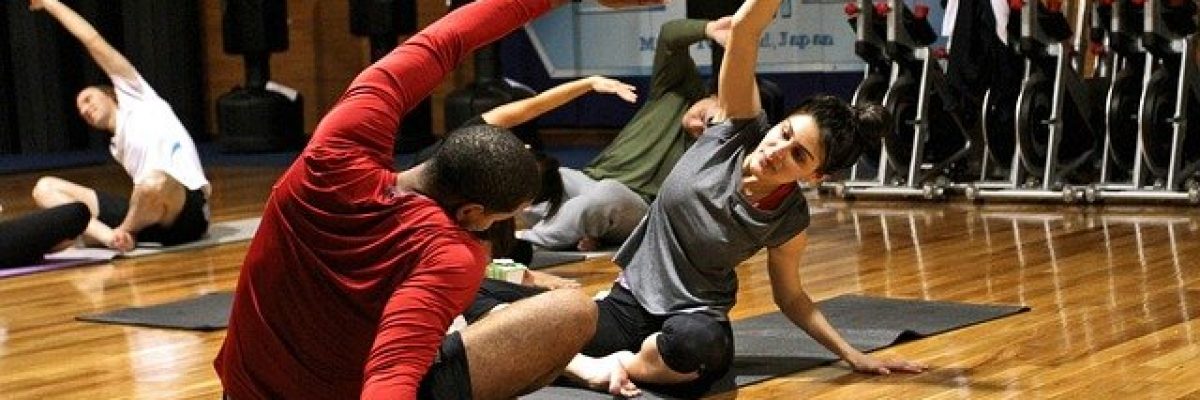The pain relieving expert is in his element and explains why stopping too early cannot solve the basic problem. Especially when it comes to stretching to reduce pain and maintain pain reduction. On the horses people, we ride to freedom from pain. Who is with me on this?
The following situation: “A person is in pain. And stretching is supposed to help with that. No sooner said than done. On the floor and stretched vigorously, really with full force. It’s supposed to help. And since the pain has been there for a long time, it can’t do any harm. And the expert has so many followers, that can’t be bad.”
Some people have experienced this or something similar. Am I right?
Why is it then that the exercises recommended by Expert X are not practised permanently?
-Why does the expert recommend something so “terrible” in the first place?
-It doesn’t work for me!
-The pain gets worse!
-And for what I have “bought” by my pain in stretching, there is little to no notice of it
– in this case, less pain.
-And now this every day? Hell no! Something like that?
Let’s play this out. I’ll show today two common problems after stretching. A person goes into a stretch. Right angle. Correct strength. Correct duration of the stretch. So far so good.Then the person comes back out of the stretch and there – pain.
How long does the (extra) pain last? About 20-60sec. Explanation: This is completely normal. In fact, it’s supposed to be. ![]()
Let’s assume that an area is being stretched that has been shortened over years and still is. Then, after the stretch, the body needs some time to adjust. It’s like going from the motorway to a small country lane (next to the motorway). At the beginning it is unfamiliar. Quite quickly, however, the brain recognises the new “leeway”. And then switches down the pain. What can you do? Well, for example, shake the movement slightly, slightly to the left, slightly to the right… Give yourself the time.
Or a person does an exercise or a stretch. Everything is ok, so far. After a few hours, the person feels that something is brewing in a specific area (neck, knees, back…) and the pain gets worse than before.
“Yeah, how come? I thought this stretching crap was supposed to help. I knew it, all crap…. But it’s getting worse. I’d better stop. “
Explanation: This is called “initial aggravation”. This can happen when the person, without prior erasure of the pain by a trained therapist, just tries the exercises….
“It looks so easy. What could possibly go wrong?”
All-clear: first worsenings are usually a sign that it has been done right. First worsening is a common phenomenon in alternative treatment approaches.What could be done? If there is no other way. Warm bath, 20 min, immerse, move and feel into the area. Pain after stretching.
It could be that one has treated oneself according to the motto – “much helps much”. I’m in a lot of pain, so I have to stretch really hard. Because I want to be free of pain again quickly. That’s logical.
So it’s full speed ahead, isn’t it? Does that really make sense? Hm…But how then…. It’s supposed to do something, isn’t it?
Conclusion: If you are interested in this topic, please send me your feedback. And / or an evaluation.
Who I could take away the fear with this article – fantastic. And if you are looking for a pain-free life in the future… well, you know how to contact me.
See you next time.
Stay strong.
Matti













